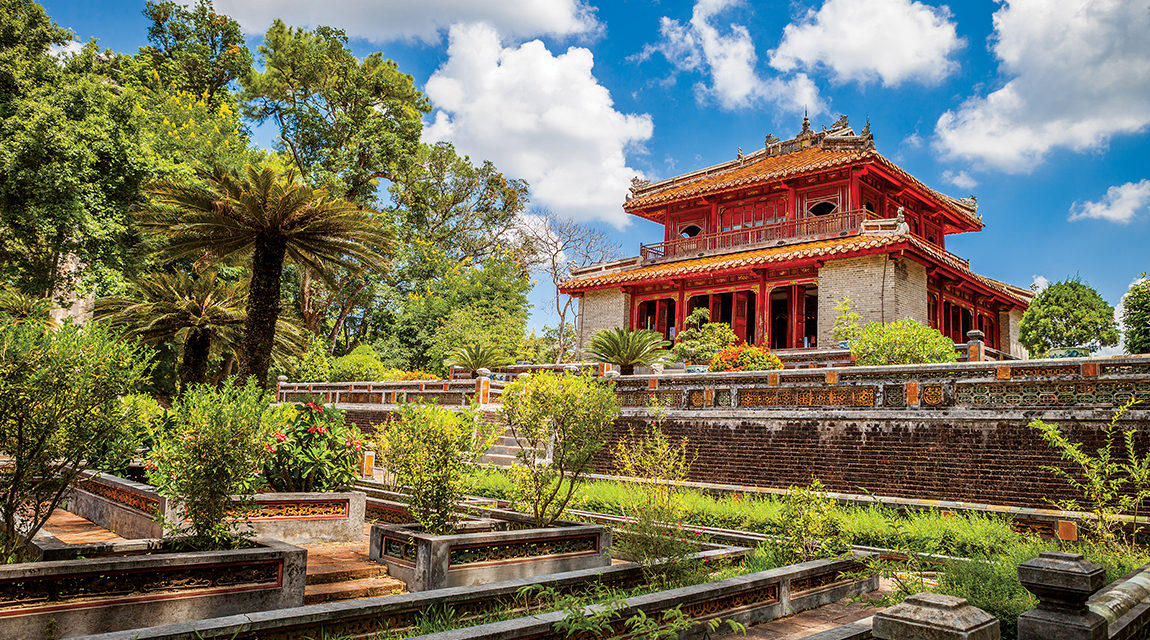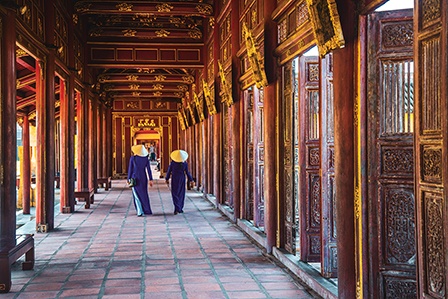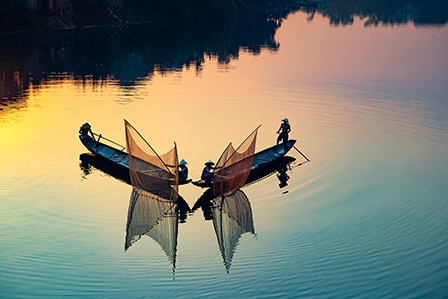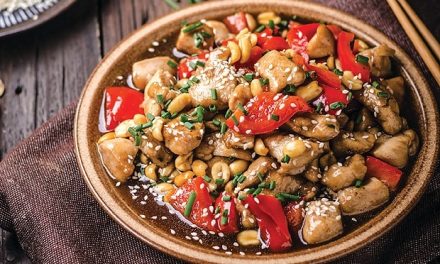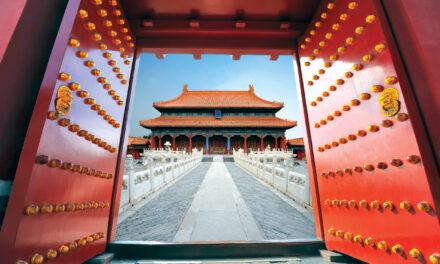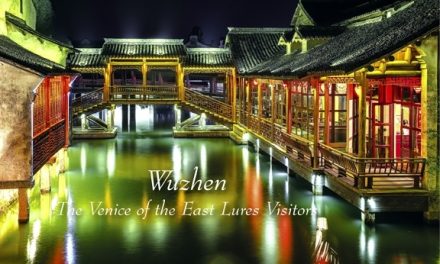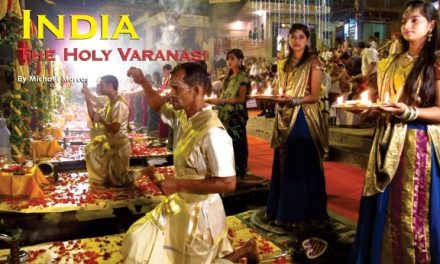Vietnam
Historical Hue, Vietnam
by Gregory Caltabanis
A trip to Vietnam would not be complete without stopping by Hue. Located in central Vietnam, Hue served as the imperial capital of the nation until 1945. Hue was very much the political heartbeat of Vietnam for over 100 years and notably was home to emperor Nguyễn Ánh. Today, this city is one of Vietnam’s touristic hotspots, chock full of historical monuments, temples, and local attractions.
Hue is nestled between the Perfume River and the South China Sea and offers prospective travelers a trip down Vietnam’s rich history. The Imperial City headlines the attractions, boasting a number of gardens, temples, carved gates, and royal pavilions. Formerly known as the Forbidden Purple City, it provides unique insight into Hue’s cultural background. In fact, travelers can tour the Imperial City for just under 10 dollars!
After navigating through the Imperial City, travelers are spoilt for choice when it comes to temples. The Thien Mu Pagoda – the Pagoda of the Celestial Lady – is an iconic seven-story temple and is largely recognized as the unofficial symbol of the city by the locals. Built in 1601, it is Hue’s oldest pagoda and makes for a great sight-setting spot.
Tu Hieu Pagoda is another one of Hue’s must-see temples. Located in a lovely pine forest, this temple offers its visitors a truly serene atmosphere. It is not uncommon to hear monks chanting at the Tu Hieu Pagoda as they go through their daily rituals. There is no entrance fee to go into this temple.
Located just 5km away from the Tu Hieu Pagoda, travellers can easily make their way to the Tomb of Tu Duc. Completed in 1867 by Emperor Tu Duc himself, this tomb has become one of Hue’s most popular attractions. The site is divided into two areas, the ritual and the burial, displaying a number of royal artefacts.
Travelers in the mood for something lighter can always stop by the Dong Ba Market. It is Hue’s oldest marketplace, with over hundreds of shops selling handcrafted goods, authentic souvenirs, fresh foods, and clothing. Stretching over 16,000 square meters, it is easy to get lost in the hustle and bustle of this market.
After a long day of walking through Hue, it is time to eat. Travellers can pick between a number of authentic Vietnamese dishes, including Bun Bo Hue (beef noodle soup), Nem Lui (Lemongrass Skewers), Com Hen (clam Rice), Ban Khoai (Vietnamese crepe), and Banh Beo (steamed rice cakes). These regional specialities are available at nearly every corner of the city.
Walking along the Perfume River is a great way to finish your day in Hue. In the autumn, flowers from the orchards fall into the water, giving the river a perfume-like aroma, hence the name. Walking alongside the river during the evening makes for a scenic route as it is lit up with different colours.
Whether it is the historical monuments, temples, or the lively nightlife and marketplace, Hue is increasingly becoming a hub for tourism and is undoubtedly one of Vietnam’s most charming cities.
https://vietnam.travel

